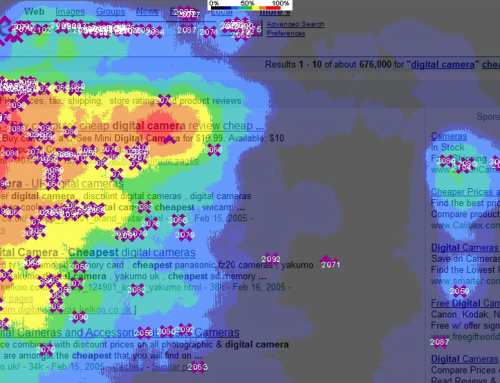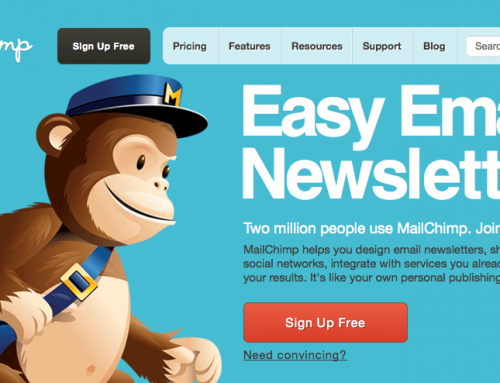Pinterest is much more than a simple online pin board for drooling over pictures of George Clooney. The social media site continues to impress web designers with its nontraditional layout. Since the sites inception, a massive amount of start-ups and social platforms have switched to the image-heavy format of Pinterest.
What is Pinterest?
Pinterest acts as an online pin board. It emulates a true pin board like one you may have in your home or office. Pinterest provides a place for you to collect and share your favorite images and ideas from all over the internet landscape. Groups of friends use the online pin board to share these ideas and images in a unique and beautiful way.
The Design
The main innovative concept behind Pinterest’s web design points to the use of image blocks and tiny links within each block. A photo fills the majority of each block, while the “like,” “re-pin” and “comment” links help to make each block seem like a separate mini-web page. An extensive array of different characters and designing materials make the entire site extremely successful. This design solves challenges in a beautiful way, and breaks traditional chronology layouts without scaring people away.
While the designers and developers obviously do a great job, they do not necessarily accomplish anything exceptionally creative. The extensive planning involved in the design makes it very clean and clear. Very few sites accomplish the amount of viewer loyalty created by Pinterest through web design, but Pinterest designers prove that organization, eye-catching imagery and useful features drive consistent views. Sites like Quora and Chill.com utilize the same design elements derived by Pinterest.
What Drives Pinterest’s success?
Pinterest makes it extremely simple to like something on individual sites and learn the interest of an individual person through personal boards. While people process and “pin” photos quickly and easily, most individuals get tired of reading text. By highlighting the use of images and minimizing text to a few tiny links, Pinterest makes its website remarkably accessible. In a world moving at such a rapid pace, this accessibility and ease of use save the consumer time while browsing the website. The photo-centric, block-style design continues to gain popularity for these reasons.
While the photo-centric layout drives immediate interest, Pinterest keeps its users coming back by providing ample space for sharing and commenting. Web users always enjoy re-visiting websites that give them their own creative canvas. Recent research suggests that businesses promoted on Pinterest receive more traffic than on Google+, LinkedIn or YouTube combined.
Changing the World of Web Design
Each day, thousands of websites are built and launched throughout the web. While some find a way to drive acceptable traffic rates, most lose themselves in the massive crowd of endless website competition. When a website experiences as much success as Pinterest has over the last few years, web designers definitely take note. Naturally, these designers try to emulate the elements of the successful site and incorporate them into their own platforms. Through clean layouts and a unique style, Pinterest creates a shining example of web design success for any budding designer.






Keep this going please, great job!
Thanks for your comment, you have a strange name though!! Are you adding the comment to try to help your SEO?
My spouse and I stumbled over here by a different page and thought I should check things out. I like what I see so i am just following you. Look forward to finding out about your web page repeatedly.
Thanks for your kind comment
I’d like to thank you for the efforts you have put in penning
this site. I really hope to see the same high-grade content by you in the future as well.
In truth, your creative writing abilities has motivated me to
get my own, personal website now 😉
Excellent, more power to you. Good luck with your personal website.
Hello,I saw your new stuff named “How Pinterest is Changing the World of Web Design!”. Your writing style is awesome, keep up the good work!
Many thanks I’m glad you liked our post 🙂
Hi there, I enjoy reading all of your posts. I wanted to write a little comment to support you.
Thanks for your support, more blogs will follow every week so keep coming back!
I like what you guys are up too. Such clever work and exposure! Keep up the very good works guys I've added you guys to our blogroll.
Thanks very much, appreciate your comment.